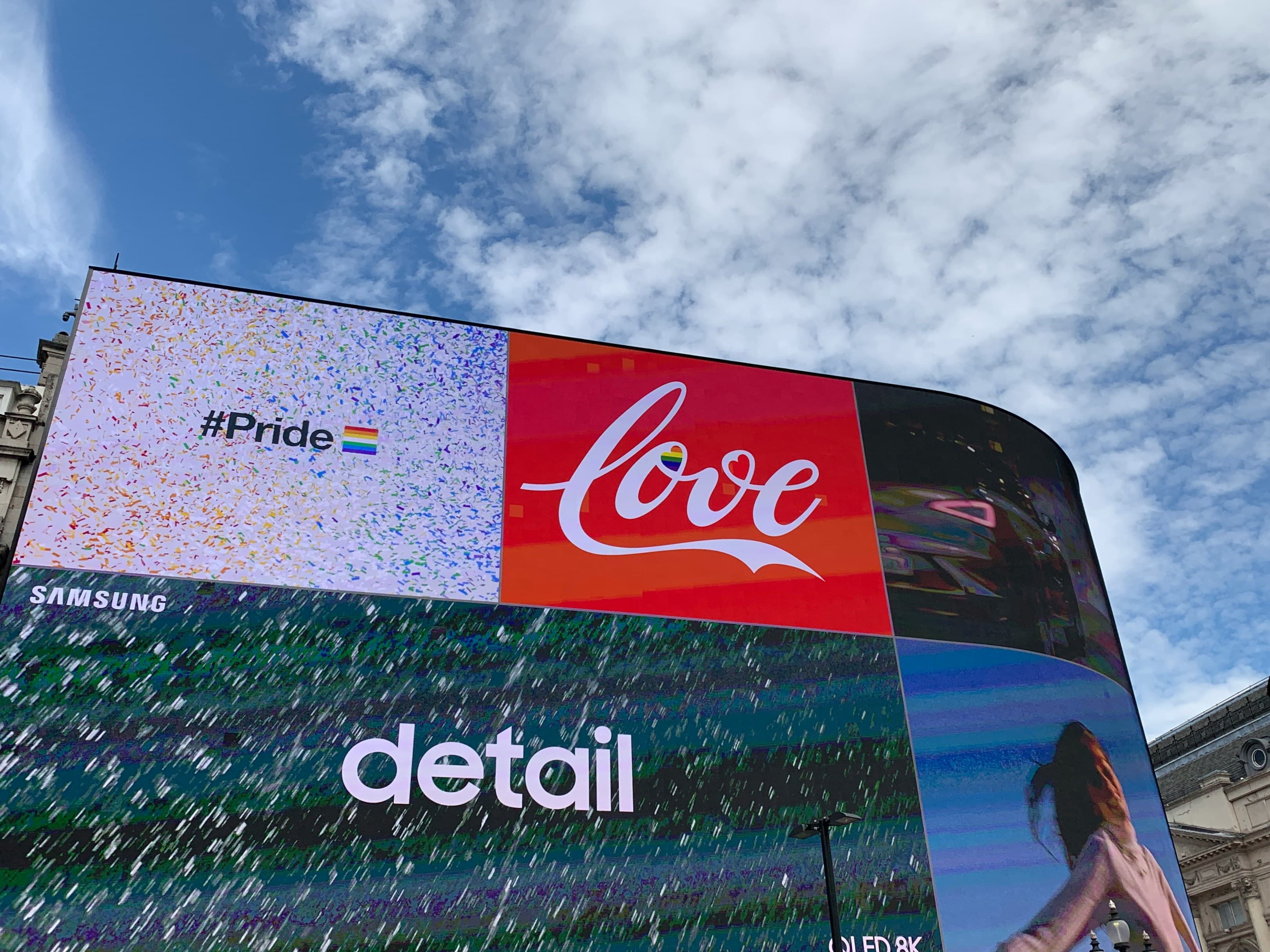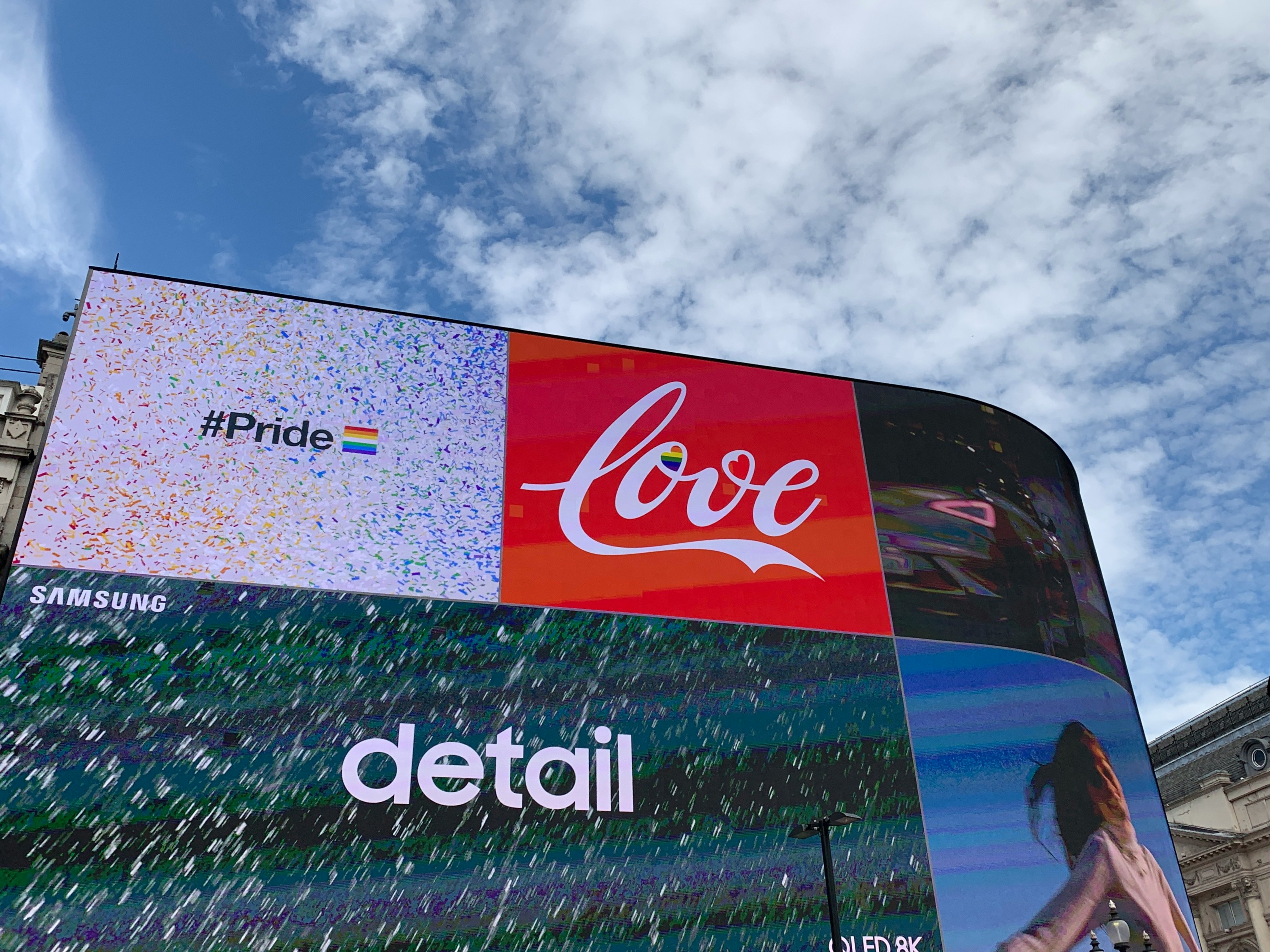
From Desk to Dirt: How to Launch Your Own Adventure-Based Lifestyle Business
Ready to swap the office for the outdoors? Learn how to launch an adventure-based lifestyle business—from leading simple experiences to building a community or centre.

Improve ad performance fast by aligning your landing page with the ad’s exact promise. Learn frameworks, examples, and checklists to boost CTR, conversion rate, and time-to-value.
If your ads are getting clicks but not conversions, the culprit is often message mismatch.
The ad makes a promise; the landing page tells a different story—or makes the same story harder to find.
Fix the mismatch, and ads work faster: lower CPCs, higher conversion rates, and clearer signals on what to scale.
Here’s a practical playbook to match page to promise and unlock quicker wins.

Speed to relevance: Users decide in seconds if they’re in the right place.
Lower cognitive load: Fewer mental leaps = higher conversions.
Platform quality scores: Better alignment often improves QS/Ad Relevance, reducing CPA.
Measurable diagnostics: Mismatch shows up as high bounce, low scroll depth, short dwell time.
What you promise in the ad must be immediately, visibly, and credibly delivered above the fold on the landing page—without scrolling, searching, or decoding.
Use this to audit and fix any campaign.
Keyword-to-Intent: Map each ad group to a single dominant intent: learn, compare, buy, switch, troubleshoot. Create (or route to) a landing experience that serves that intent directly.
Headline Echo: Echo the ad’s core claim in the H1 within the first line. Keep the same keywords and structure so the user’s brain says, “Yes, I’m in the right place.”
Proof in Proximity: Place your strongest, most relevant proof within 1–2 scrolls of the claim: Quant proof: numbers, benchmarks, timelines. Social proof: logos, reviews, case stats. Mechanism proof: how it works, why it’s faster/cheaper/safer.
Path to Payoff: The primary CTA should deliver the exact payoff the ad promised: Ad: “Book your adventure” → Page CTA: “Book your adventure”. Remove detours: navigation, unrelated CTAs, feature dumps.
Friction Killers: Pre-answer the top 2–3 anxieties triggered by your promise (price, time, risk, complexity). Use microcopy, guarantees, and a visible next step.
Direct-response (demo, trial, quote)
Promise: “Start free in 2 minutes”
Page: H1 echoes that; short form; trust and setup steps; progress indicator.
Problem-solution (pain-led)
Promise: “Cut onboarding time by 50%”
Page: H1 mirrors claim; proof module + before/after; 3-step mechanism.
Offer-led (lead magnets, calculators)
Promise: “Free X template”
Page: Zero-scroll access; inline preview; email capture; instant delivery.
Above-the-fold
Does the H1 echo the ad’s exact promise and keywords?
Is the promised action the primary CTA?
Is there one dominant action, not three?
Message scaffolding
Is the mechanism obvious in 3 steps or fewer?
Is there proof within one scroll that supports the exact promise?
Are anxieties addressed with concise microcopy?
Design hygiene
Remove or downplay header nav.
Compress hero copy to 2–4 lines.
Ensure mobile hero shows the promise without truncation.
Form friction
Ask only for fields needed for the promised payoff.
Use inline validation and progress cues.
Confirm and deliver instantly (email + on-page).
Track these to validate improvements:
Time to first interaction (TTFI): click CTA within 8–12 seconds.
Scroll depth: 50–75% median indicates message clarity; too low or too high can flag issues.
Hero CTA click-through rate: aim for 3–10% depending on traffic quality.
Offer conversion rate: benchmark against channel averages; look for 20–50% lifts after alignment.
Ad platform diagnostics: Quality Score/Ad Relevance, CTR movements, CPC changes.
One promise per ad group
Create modular pages or dynamic content blocks that mirror each ad set’s promise.
Use dynamic text replacement (DTR) carefully
Replace terms in headline/subhead, but back with real proof so it doesn’t feel like a mad lib.
Build a “promise library”
Catalogue promises, matching pages, proof assets, and performance data to replicate winners.
Feature sprawl above the fold diluting the promise.
Changing the verb: ad says “Get,” page says “Learn about.”
Hiding the offer behind multiple scrolls or a different CTA.
Over-qualifying too early (enterprise forms on free trial promises).
Inconsistent pricing or timelines vs. ad copy.
Match page to promise, prove it fast, and give one obvious path to the payoff. Do that, and your ads won’t just work better—they’ll work faster.
Share this post
About the author
I've spent the past decade working as a full-stack digital marketer & web developer in the experience sector. I plan, build, & scale revenue‑driving web experiences across development, SEO, PPC, and lead gen–all data-driven with analytics.
Read Next

Ready to swap the office for the outdoors? Learn how to launch an adventure-based lifestyle business—from leading simple experiences to building a community or centre.

Discover the five crucial marketing metrics that truly matter for your business. Learn how to interpret website data effectively and optimise your marketing strategy for better customer acquisition and retention.

Boost bookings and revenue without extra cost: optimise sessions, add perceived value, run seasonal campaigns, price with confidence, and streamline bookings.
Get started with a free trial and see how 53 Degrees can help you grow your business. get setup in 15 minutes.
Sign Up For Free